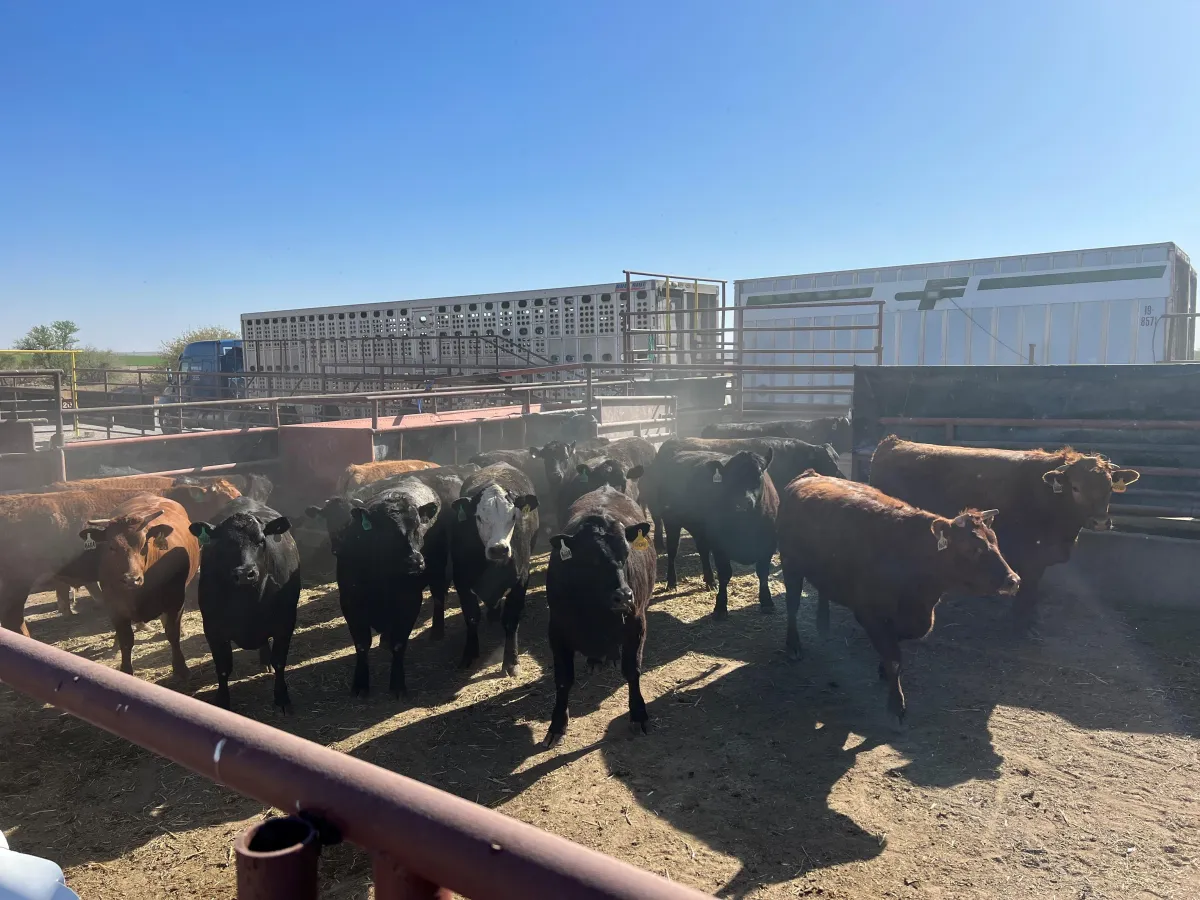All About Beef

Beef Cuts
Whether you're looking for a lean cut for a weeknight family dinner or a large, tender cut for your holiday roast, our cut collections will provide you with everything you need to choose the perfect cut next time you're at the meat case.
Beef Grades
The grade is primarily determined by the degree of marbling — the small flecks of fat within the beef muscle. Marbling provides flavor, tenderness and juiciness to beef and improves overall palatability. Other grading factors include animal age, and color and texture of the muscle.


Aging Beef
Beef aging does not pertain to the age of the cattle but instead refers to the amount of time the meat has been stored and refrigerated after slaughter. Aging beef involves storing meat at refrigerated temperatures to enhance tenderness and flavor.
Pasture to Plate: Exploring the Beef Lifecycle
The journey of raising beef is among the most complex of any food. Due in part to their changing nutritional needs throughout their lifetime. Beef cattle often times will change hands and ownership up to three or four times over the course of one and a half to three years, as they move through their various life stages. Across this process, however, one important thing remains constant - and that's the beef community's shared commitment to raising cattle in a safe, humane and environmentally sustainable way. Working together, each segment of the beef lifecycle aims to make the best use of vital natural resources like land, water, and energy - not just for today, but also for the future. The result is a delicious and nutritious food you can feel good about serving your family and friends.


Sustainability
Not only is beef delicious and nutritious, but the beef industry continues to implement numerous proven sustainability practices throughout each and every step of the “pasture-to-plate” process that contribute to the way beef is responsibly raised today. Though the path to sustainability is never complete. It is a continuous journey being carried out by farmers and ranchers responsible for raising and supplying beef to the U.S. and across the world. To the beef community, sustainability comprises much more than environmental considerations. Today, a sustainable food supply balances efficient production with environmental, social and economic impacts. A sustainable food system is comprised of three different, but intersecting, pillars: social responsibility, economic viability and environmental stewardship. True sustainability is a balance of these three aspects. Beef farmers and ranchers are dedicated to producing beef in a way that prioritizes the planet, people, animals, and progress.
